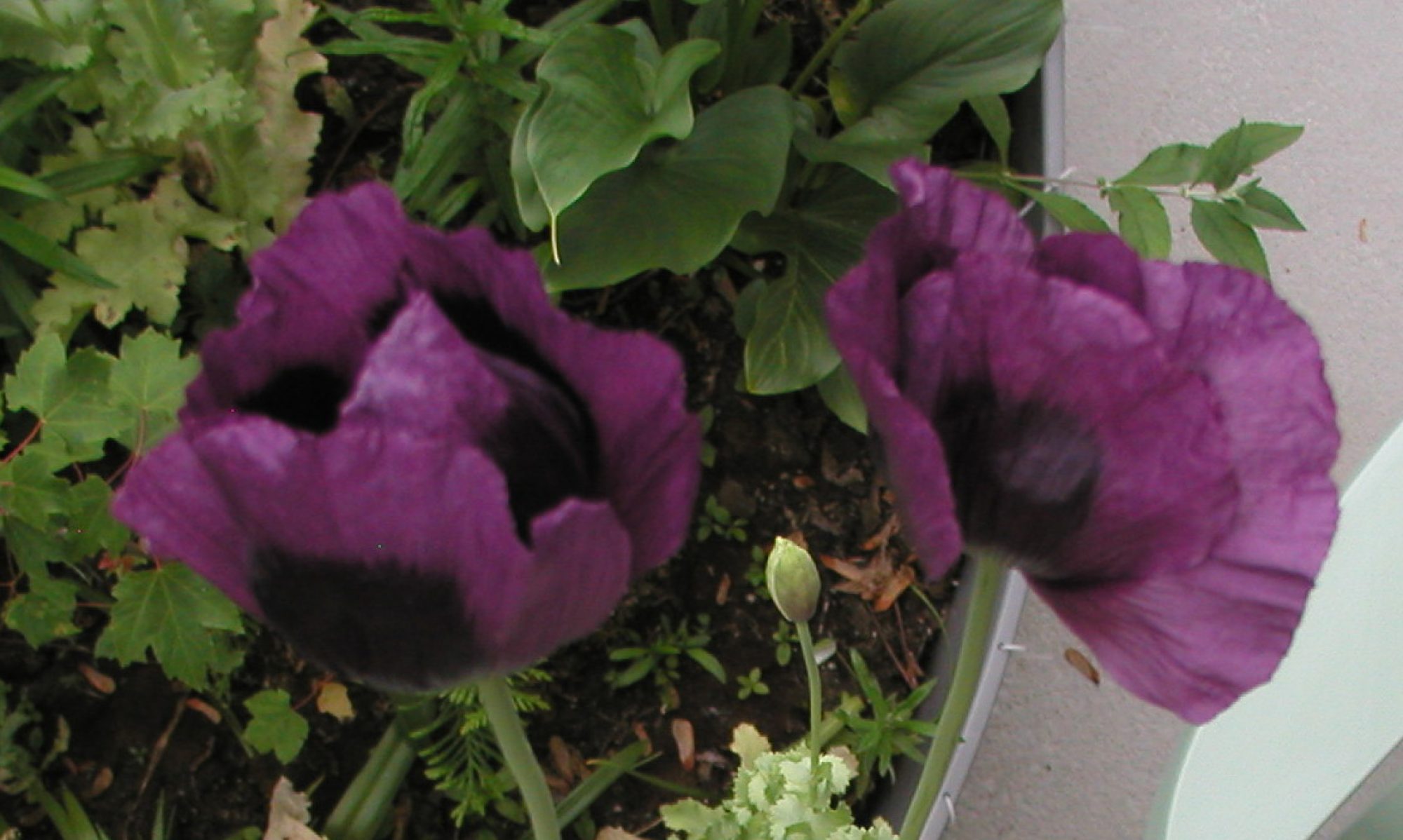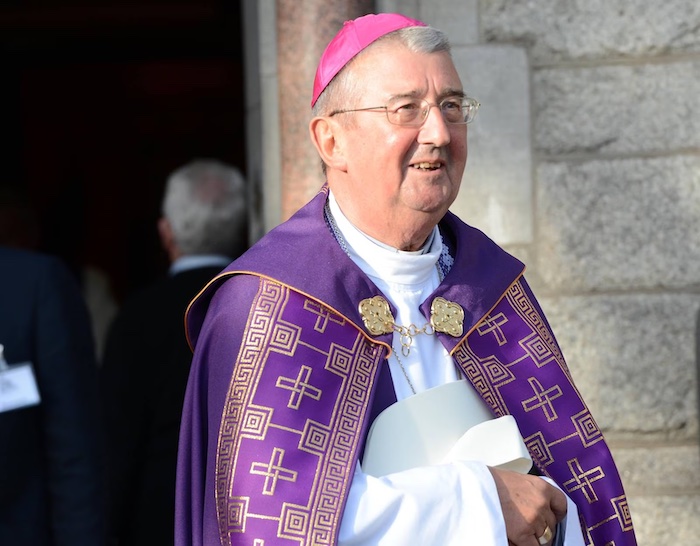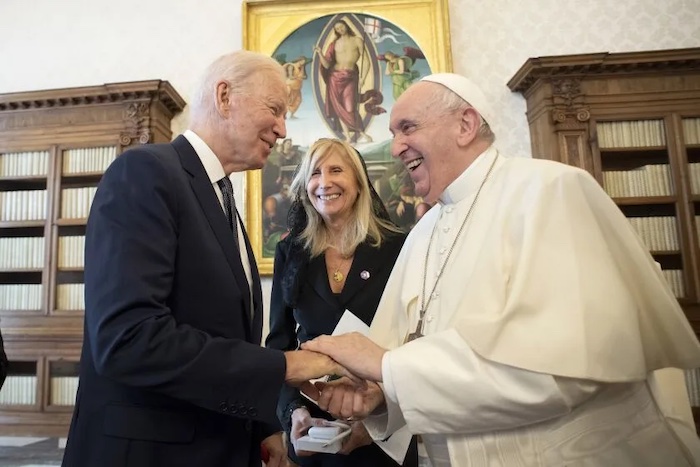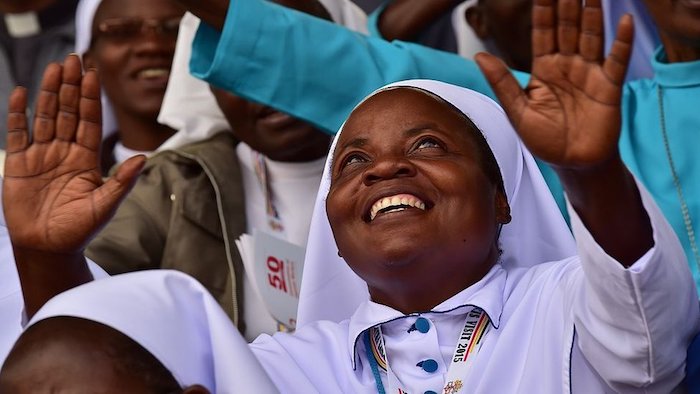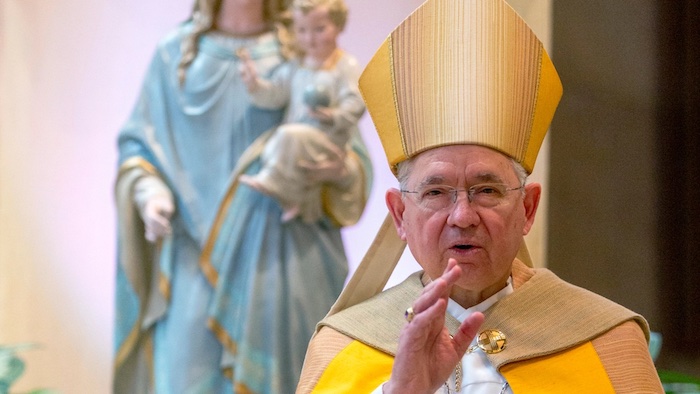— Rape, Reproductive Coercion and the Catholic Church
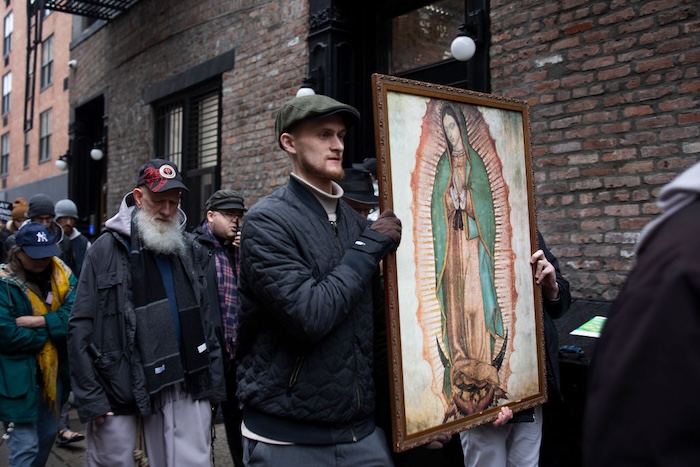
For decades, the Catholic Church has shown a disregard for clergy sexual abuse and reproductive health. Why are priests and bishops considered to have any moral authority on issues of sexuality?
Sexual assault and reproductive coercion share similar dynamics: Both are forms of violence that intimately violate another person’s body. The Catholic Church’s clergy sexual abuse scandals, combined with its efforts to control women’s reproductive choices by banning abortion and attacking contraception, expose a troubling pattern of sexual sociopathology. This conduct fundamentally undermines the Church’s claims to moral authority on issues of sexuality.
By now, the stories are familiar and well documented.
- The 2006 documentary Deliver Us From Evil chillingly reveals how Catholic bishops repeatedly relocated a priest named Oliver O’Grady from parish to parish in an attempt to cover up his rape of dozens of children.
- The 2015 Academy Award-winning film, Spotlight, dramatizes the true story of the Boston Globe investigative reporting team that exposed widespread sexual abuse of children by Catholic priests in the 1970s and the cover up by the Boston archdiocese.
- In 2018, a Pennsylvania grand jury published a 1,356-page report documenting decades of sexual abuse by more than 300 Catholic priests who victimized thousands of children in six dioceses. The report found a “systemic coverup by senior church officials in Pennsylvania and at the Vatican.”
But incidents of sexual abuse by priests are not confined to the past. On Dec. 14, a federal court sentenced 68-year-old Providence-based Catholic priest James W. Jackson to six years in a federal prison for downloading and storing thousands of files containing child pornography on his computer in the church rectory. Authorities found 12,000 images and 1,300 videos of child pornography, including videos of prepubescent females portrayed in acts of bestiality and sadomasochism.
The Catholic Church also keeps sexually abusive clergy in positions of authority. A Massachusetts newspaper recently reported on a case where a priest had sex with a parishioner in the 1990s after leading her to believe he could cure her lesbianism by having sex with her. He remains in active ministry at a university, working with vulnerable young people.
In a recent case in New Orleans, an archbishop worked to free a Catholic priest convicted of raping an altar boy by attempting to get the victim to support the release. According to The Guardian, “representatives of the church that he had been raised to believe in approached him at his home, at his job and at a relative’s funeral to ask him to lend his support to efforts to secure an early release for his rapist.”
To avoid accountability, the Catholic Church opposes laws designed to help survivors of sexual abuse. Between 2011 and 2019, the Catholic Church spent $10.6 million in eight Northeastern states to lobby against such laws.
In Massachusetts, for example, the Catholic Church spent $537,551 in this period. Massachusetts law limits liability of nonprofit charities to $20,000, a figure so minimal it often deters attorneys from suing the Catholic Church. State lawmakers are now working to eliminate this immunity in cases of child sex abuse. They are also working to remove time limits for civil liability for child sex abuse, which the Boston Archdiocese has opposed.
Another strategy the Catholic Church uses to avoid accountability is to file for bankruptcy so they do not have to pay court-ordered penalties to compensate the victims of clergy sex abuse, as they recently did in California and Baltimore.
The all-male Catholic leadership’s long history of perpetuating sexual assault and reproductive coercion grows out of a toxic masculinity that devalues women’s lives, rights and dignity.

To fight back, survivors formed an organization in 1989 called the Survivors Network of Those Abused by Priests (SNAP), which has documented widespread sexual abuse by priests, and the repeated attempts by bishops and other church leaders to cover up and excuse this abuse. Today, SNAP has over 25,000 members with support groups in over 60 cities across the U.S. and the world.
Another group working to hold the Catholic Church accountable for clergy sexual abuse is the BishopsAccountability.org, which maintains a database of the accused, searchable by religious order, as well as a timeline of key events of the abuse crisis in the U.S. and the world, information on accused bishops, an archive of lawsuits and related documents, and an abuse tracker with daily news stories on clergy sexual abuse.
The Catholic Church positions itself as a moral authority on sexual matters, yet it has been responsible for the widespread sexual abuse of numerous children and vulnerable adults in its care while refusing to take responsibility for the resulting harm. Meanwhile, the Catholic Church has led the charge to overturn Roe v. Wade and bankrolled the movement to ban abortion nationwide, endangering the lives of millions of women and pregnant people. They are also fighting to grant zygotes, embryos, and fetuses full constitutional rights that women no longer have.
In the many hospitals they control, the Catholic Church blocks access to reproductive healthcare, including emergency contraception for rape victims, medically necessary sterilization, and abortion care. Due in part to hospital consolidations, the Catholic Church now controls one in every six acute care hospital beds in the United States. The first woman to die because she was not offered a life-saving abortion due to a Catholic-backed abortion ban enacted in 2021 was Yeniifer Alvarez-Estrada Glick. She died in July 2022 in Luling, Texas.
Catholic priests and bishops perpetrate and tolerate astounding levels of sexual violence, and then deny their victims the right to prevent or end life-threatening pregnancies.
The all-male Catholic leadership’s long history of perpetuating sexual assault and reproductive coercion grows out of a toxic masculinity that devalues women’s lives, rights and dignity. Both are forms of intimate assault that deny the bodily autonomy of women in particular.
Given the Catholic Church’s history of clergy sexual abuse, and their callous disregard for the reproductive health and safety of women, why are priests and bishops considered to have any moral authority on issues of sexuality?
How is it that supposedly-celibate men, who know nothing about women’s bodies and who tolerate, cover up and excuse widespread sexual abuse in the church, have the right to speak about anything related to women’s sexuality? Is the unnatural suppression of their own sexuality perhaps fueling their frantic attempts to suppress the sexuality of others? Are their actions, at some level, due to a jealous rage that others are experiencing the natural sexual pleasure they deny themselves?
The essence of rape is taking control of another person’s body against their will. In the same way, compelling another person to carry a pregnancy to term is taking control of another person’s body against their will. Rape and reproductive coercion are two sides of one coin: misogynist violence. The emperor has no clothes. Why can’t people recognize this?
Complete Article ↪HERE↩!
